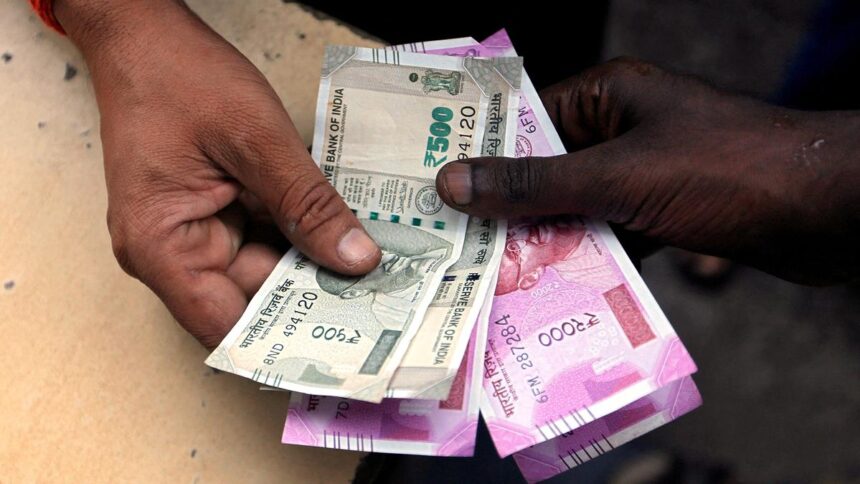The Indian rupee has been making headlines recently, with speculators exiting their dollar-long positions following interventions by the Reserve Bank of India. This has led to a rise in the rupee’s value, with the one-month non-deliverable forward indicating an opening at 85.40-85.42 to the US dollar.
The rupee hit a lifetime low of 85.8075 on Friday, prompting heavy dollar sales by the RBI. This, combined with the central bank’s interventions, has led to a correction in the currency’s downward trend. The rupee’s struggles in recent weeks have been attributed to various factors, including dollar demand in the non-deliverable forward market, weakness in Asian currencies due to concerns over President-elect Donald Trump’s trade policies, and a decline in India’s growth rate.
Despite the rupee’s recent recovery, high US yields remain a key factor influencing its trajectory. The 10-year US yield reached its highest level since late April last week, driven by expectations of increased inflation and US debt due to Trump’s policies. This has kept the dollar index well-supported, making it challenging for the rupee to make significant gains.
In terms of key indicators, the one-month non-deliverable rupee forward stands at 85.70, with an onshore one-month forward premium of 28 paisa. The dollar index is at 108, while Brent crude futures are up 0.1% at $74.2 per barrel. The ten-year US note yield is at 4.63%, and foreign investors sold a net $186.7 million worth of Indian shares on December 26, according to NSDL data.
In conclusion, while the rupee has shown signs of recovery following the RBI’s interventions, its future trajectory remains uncertain due to the influence of high US yields. Traders are advised to monitor these factors closely to make informed decisions in the currency market.










